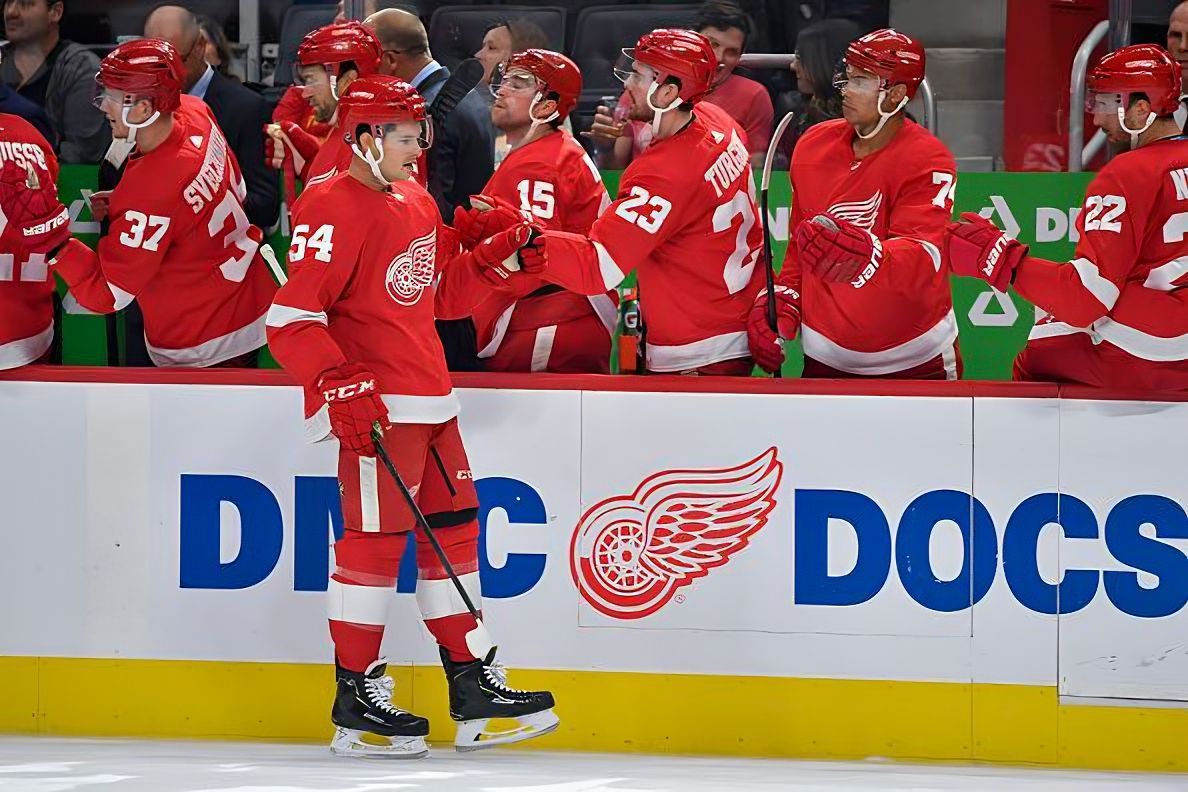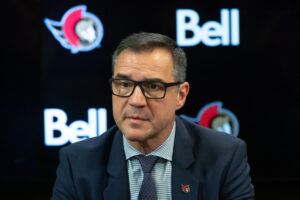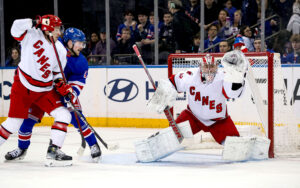NHL player development seems to always result in more questions than answers. How likely is it for a top pick to pan out? What makes a player a “steal”? Last Word On Hockey will be starting a new series on how to properly develop prospects from all different spots throughout the draft. This week’s piece involves draft picks in the back half of the first round and how they were used early in their careers.
NHL Player Development Of First-Round Picks
In the span of 2005 through 2015, there were 84 total selections made between 16th overall and 30th overall on forwards playing in North America. Looking at all 84 forwards, they were split into different categories. Those categories were “Forwards Deemed NHL-Ready and Brought In Immediately When Ready,” “Forwards Near NHL-Ready and Brought In Immediately When Near-Ready,” “Forwards Rushed Slightly,” “Forwards Rushed,” “Forwards Forced,” “A Little Patience,” “Patience,” and “Too Much Patience.”
There were 10 forwards who fell into the fifth category, “a little patience,” on the list. Of those 10 players, three made their NHL impacts in their DY+5 seasons. Those players were John Quenneville, Matt Puempel and Phillip Danault. In this piece, we will look at Puempel.
In this piece, we will be using stats from eliteprospects (raw stats) and hockey-reference (ice time). Additionally, the analytics we are using are as follows: even-strength offence goals above replacement (EVO), even-strength defence goals above replacement (EVD), wins above replacement (WAR) and goals above replacement (GAR). Those analytics are from evolving-hockey (subscription required).
NHL Player Development Of Matt Puempel
Matt Puempel, drafted 24th overall in the 2011 NHL draft by the Ottawa Senators, came out of the Peterborough Petes organization of the OHL. In his DY-1 season, Puempel scored 33 goals and 31 assists for 64 points in 59 games, for 1.085 points per game. That ranked 24th out of the aforementioned 84 forwards in DY-1 production. The following season, he scored 34 goals and 35 assists for 69 points, for 1.255 points per game. That ranked 32nd out of those same forwards, in DY production.
After being drafted, Puempel would spend two more seasons in the OHL, before making the jump to the AHL. He would play at the AHL level for two seasons before getting an extended look at the NHL level. In his third OHL season, Puempel would score 17 goals and 16 assists for 33 points in 30 games, for 1.1 points per game. That ranked 41st out of the 82 forwards still outside the NHL in DY+1 production. In his final OHL season, he would score 35 goals and 12 assists for 47 points in 51 games, for 0.922 points per game. That ranked 38th out of the 70 forwards still outside the NHL in DY+2 production.
AHL Time For Matt Puempel
Making the jump to the AHL, Puempel would score 30 goals and 18 assists for 48 points in 74 games, for 0.649 points per game. That ranked 17th out of the 46 forwards still outside the NHL in DY+3 production. The following season, Puempel scored 12 goals and 20 assists for 32 points in 51 games, for 0.628 points per game. That ranked 10th out of the 31 forwards still outside the NHL in DY+4 production. Puempel would make the jump to the NHL on an extended look (15+ games) the following season.
How He Was Used
Even with his first extended look, Puempel would still have to see some AHL time. Across 34 AHL games, he scored 17 goals and 13 assists for 30 points, a strong statline. That earned him a 26-game NHL stint, where he averaged 11:20 time on ice per game. In that role, he scored just two goals and three points. Analytically, he was not good. His EVO (-1.4) and EVD (-2.8) were simply bad, both placing below replacement level. That led to his WAR (-0.9) and GAR (-4.7) to following suit, and also be poor.
After a pretty poor NHL stint, Puempel would see himself get traded mid-way through the following year. Though, on the bright side, he stuck at the NHL level for the entirety of that season (2016-17). Getting dealt by the Senators to the New York Rangers, he played 40 games and averaged just 9:39 per game. With the trade and the extremely limited role, Puempel scored six goals and three assists for nine points, all of which came with the Rangers (27 games). Every analytic that is looked at had improved, except for EVO (-1.8) which dropped slightly. Meanwhile, his EVD (0.6) improved quite a bit, leading to his WAR (0.0) and GAR (-0.2) being right around the replacement level.
He Never Takes Next Step In Development
Despite the improvement with his new team, Puempel would not see the NHL in year three. He would play just five more games with the Rangers organization, at the AHL with the Hartford Wolfpack. He would get sent to the Grand Rapids Griffins (Detroit Red Wings affiliates). In the Wings organization, Puempel would play 165 AHL games and eight NHL games across parts of three seasons. He scored one NHL goal and point, along with 143 AHL points in that span. His last season with the Griffins came in 2019-20, and he would leave North America after that year.
Puempel would join the SHL’s Malmo Redhawks (Sweden) for the 2020-21 season, scoring five points in 15 games. After that single season, he would make the move to the DEL (Germany), to play for the Augsburger Panther organization. He scored 37 points in 46 games in 2021-22, and this year he is currently injured.
Puempel Was Not a Draft Blunder
When players don’t pan out, the usual suspect is the organization. They either took the wrong player, both at the time (arguably) and in hindsight. But in the case of Puempel, it is not that easy. While there are deeper-rooted issues, which will be looked at further, the Senators did not make a draft day mistake. At least, not glaringly. He produced quite well in juniors pre-draft. But he never seemingly took that next step, getting worse year by year after being selected at the OHL level. He found success in the AHL pretty quickly, and remained a top-six caliber forward at that level, but never really became more than that.
Sure, blame can be pitted on the post-draft regression of the player. But maybe the NHL player development staff just did not do enough behind the scenes. Or maybe, in this case, Puempel peaked too early in his career.
Junior league stats via Elite Prospects, NHL stats via Hockey Reference, NHL analytics via Evolving Hockey
Main photo:






